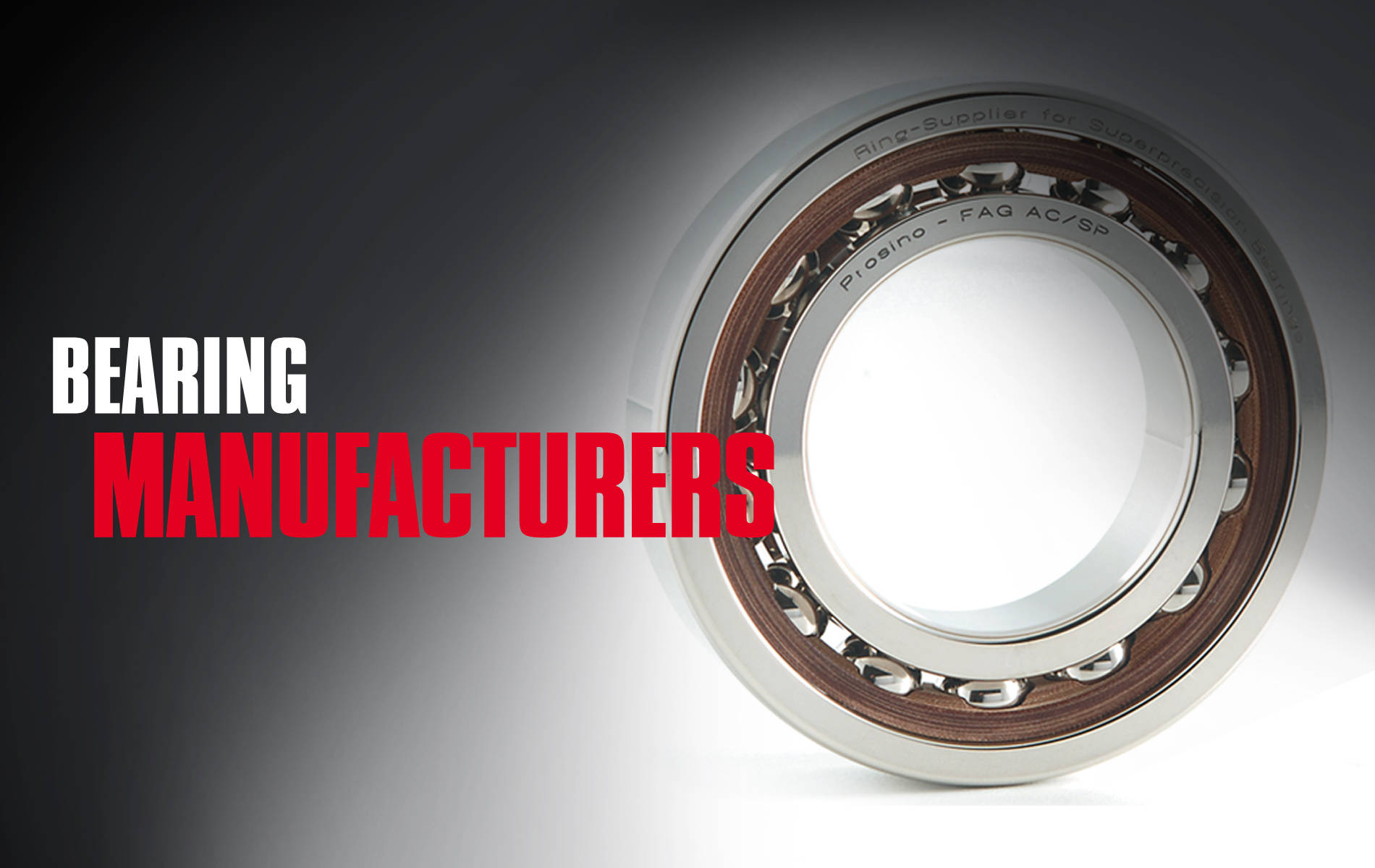What Are Ball Bearings
What Are Ball Bearings
Blog Article

Imagine a world where machines grind to a halt due to lack of proper movement, or where the simple act of rolling a skateboard becomes a cumbersome task. At the heart of many engineering marvels, from tiny electronics to massive industrial machinery, lies a crucial component: the ball bearing. These small devices are often overlooked, yet they play an essential role in reducing friction and ensuring smooth operation. Understanding them can give you a significant advantage, whether you're an engineer, hobbyist, or simply curious about how things work.
What Are Ball Bearings?
Ball bearings are mechanical devices that reduce friction between moving parts. They consist of balls held in place by a cage, allowing them to rotate smoothly. The design facilitates the load to be distributed evenly across the surface, which increases efficiency and durability. This simple yet effective mechanism is found in countless applications, from automotive engines to skateboard wheels.
The Importance of Load Ratings
One of the key specifications to consider when selecting ball bearings is their load rating. This measurement indicates how much weight a bearing can handle before it begins to fail. For example, a typical deep groove ball bearing might have a dynamic load rating ranging from 1,000 to 50,000 Newtons, depending on its size and materials. Choosing the right load rating is critical for ensuring longevity and performance in your application.
[IMAGE]
Types of Ball Bearings
There are several types of ball bearings, each designed for specific applications:
Deep Groove Ball Bearings
These are the most common type, characterized by their simple design and versatility. Deep groove ball bearings can accommodate both radial and axial loads, making them suitable for a wide range of machinery.
Angular Contact Ball Bearings
Designed to support high-speed applications, these bearings can handle both axial and radial loads but are typically used when axial loads are predominant. They are often found in electric motors and gearboxes.
Thrust Ball Bearings
If an application involves primarily axial loads, thrust ball bearings are the go-to choice. They are commonly used in automotive and aerospace applications, where precise load management is essential.
Material Matters
The materials used in ball bearing construction significantly affect their performance and lifespan. Common materials include:
- Chrome Steel: Known for its high strength and durability, chrome steel is the most widely used material for ball bearings.
- Stainless Steel: This material offers excellent resistance to corrosion, making it ideal for applications in harsh environments.
- Plastic: Lightweight and resistant to corrosion, plastic bearings are often used in low-load applications.
For an in-depth exploration of various types and sizes, check out The Ultimate Guide to Ball Bearings, which provides comprehensive resources on selecting the right bearings for your needs.
Maintenance Tips
Proper maintenance can significantly extend the life of your ball bearings. Here are some essential tips:
- Regular Inspections: Check for signs of wear, rust, or damage periodically.
- Lubrication: Keep bearings well-lubricated to reduce friction and prevent overheating.
- Environment Control: Protect bearings from dust, moisture, and extreme temperatures to minimize wear.
Conclusion
Understanding ball bearings and their specifications is crucial for anyone involved in machine design, repair, or maintenance. From selecting the right type and material to ensuring proper maintenance, each factor plays a vital role in enhancing the performance and longevity of your equipment. By delving deeper into the world of ball bearings, you'll not only improve your projects but also gain valuable insights into the mechanics that drive our daily lives.
Report this page